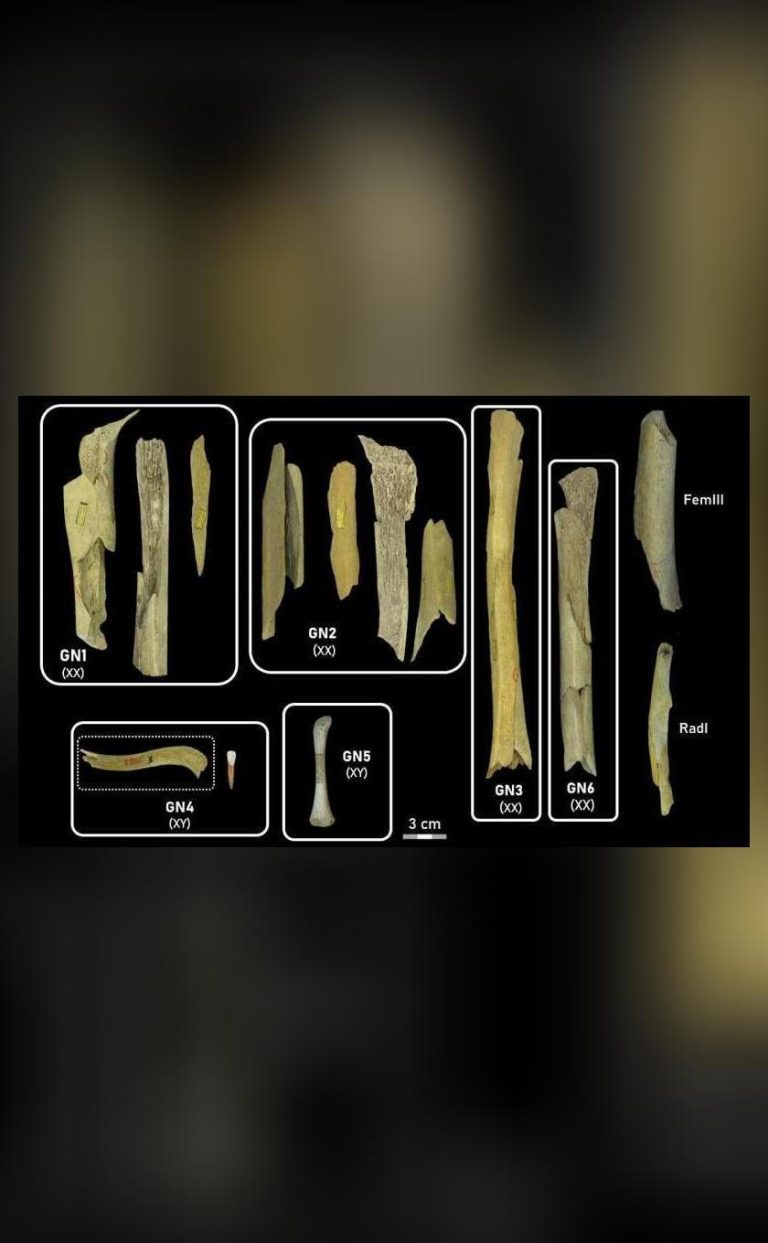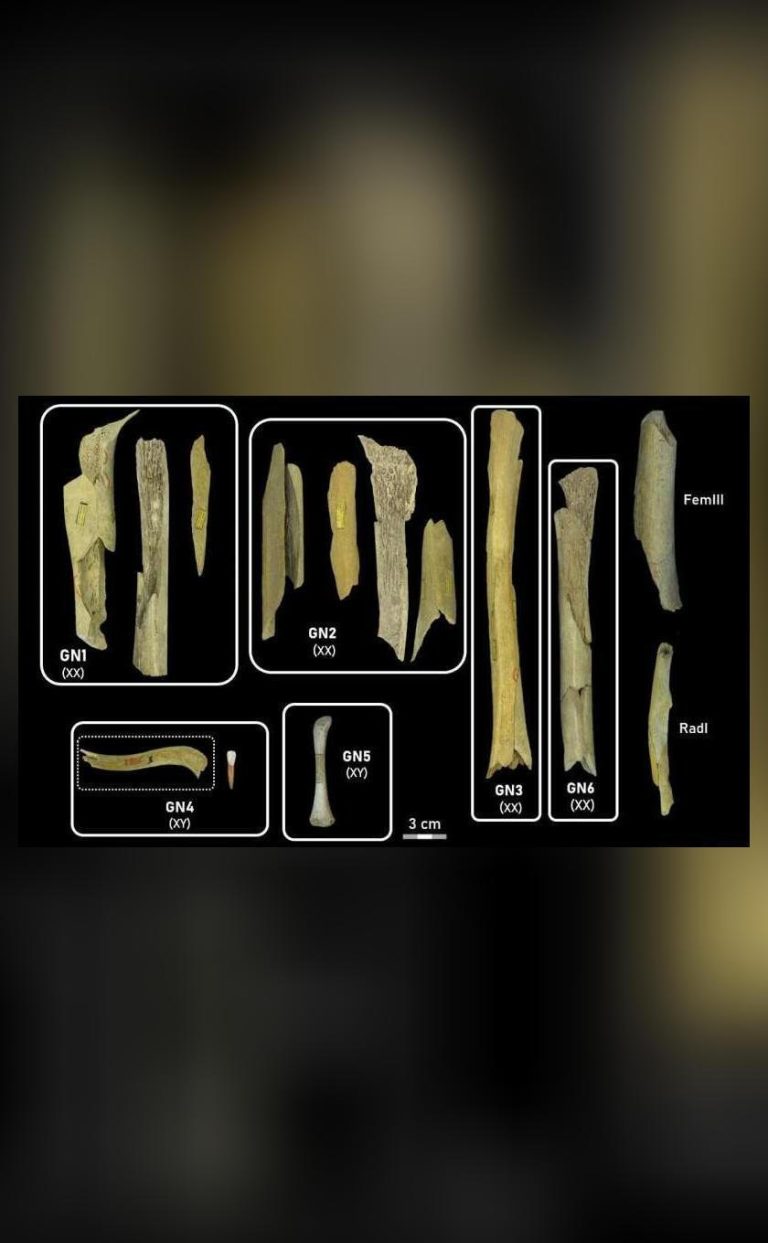
Neanderthals ate outsider women & children 45,000 years ago: Study
The discovery of ancient human remains in Belgium’s Goyet cave system has shed new light on the behavior of Neanderthals, our extinct human relatives. A recent study has revealed that Neanderthals practiced cannibalism, targeting women and children from other communities around 45,000 years ago. This shocking finding has significant implications for our understanding of Neanderthal social dynamics and their interactions with other human groups.
The study, which analyzed 101 bone fragments from the Goyet cave system, found that the remains exhibited butchery marks similar to those found on animal bones. This suggests that the Neanderthals treated their human victims in a similar way to the animals they hunted for food. The presence of these butchery marks on human bones is a clear indication of cannibalism, and the fact that the victims were predominantly women and children is a disturbing aspect of this discovery.
The researchers behind the study believe that the cannibalism was linked to territorial conflict between Neanderthal groups. During this period, Neanderthal populations were declining, and Homo sapiens (modern humans) had begun to occupy nearby regions. This would have led to increased competition for resources, potentially triggering violent conflicts between different human groups.
The fact that the victims were primarily women and children suggests that the Neanderthals were targeting vulnerable members of other communities. This could have been a way of intimidating or demoralizing their rivals, or perhaps a means of acquiring new members for their own group. The study’s findings also raise questions about the social structure and cultural practices of Neanderthals, and whether cannibalism was a common occurrence among these ancient humans.
The Goyet cave system, where the human remains were discovered, is a significant archaeological site that has yielded a wealth of information about Neanderthal behavior and culture. The site has been the subject of extensive excavations and research, and the latest findings have added a new layer of complexity to our understanding of Neanderthal society.
The study’s authors note that the cannibalism practiced by the Neanderthals was likely a response to the changing social and environmental landscape of the time. As Neanderthal populations declined, and Homo sapiens began to expand their territory, the competition for resources would have intensified. This would have led to increased tensions between different human groups, potentially resulting in violent conflicts and, in this case, cannibalism.
The discovery of Neanderthal cannibalism has significant implications for our understanding of human evolution and the development of human societies. It highlights the complexity and diversity of human behavior, and the fact that our ancient relatives were capable of both cooperative and violent behavior.
In conclusion, the study of human remains in Belgium’s Goyet cave system has revealed a disturbing aspect of Neanderthal behavior, namely the practice of cannibalism. The fact that women and children were the primary victims of this cannibalism is a sobering reminder of the complexities and challenges of human social dynamics. As we continue to learn more about our ancient relatives, we are forced to confront the darker aspects of human nature, and the ways in which our societies have evolved over time.
The study’s findings are a significant contribution to our understanding of Neanderthal behavior and culture, and highlight the importance of continued research into human evolution and the development of human societies. As we look to the future, it is essential that we remember the lessons of the past, and work towards building a more compassionate and cooperative world.
For more information on this study, please visit: https://phys.org/news/2025-11-neanderthal-women-children-victims-cannibalism.html




